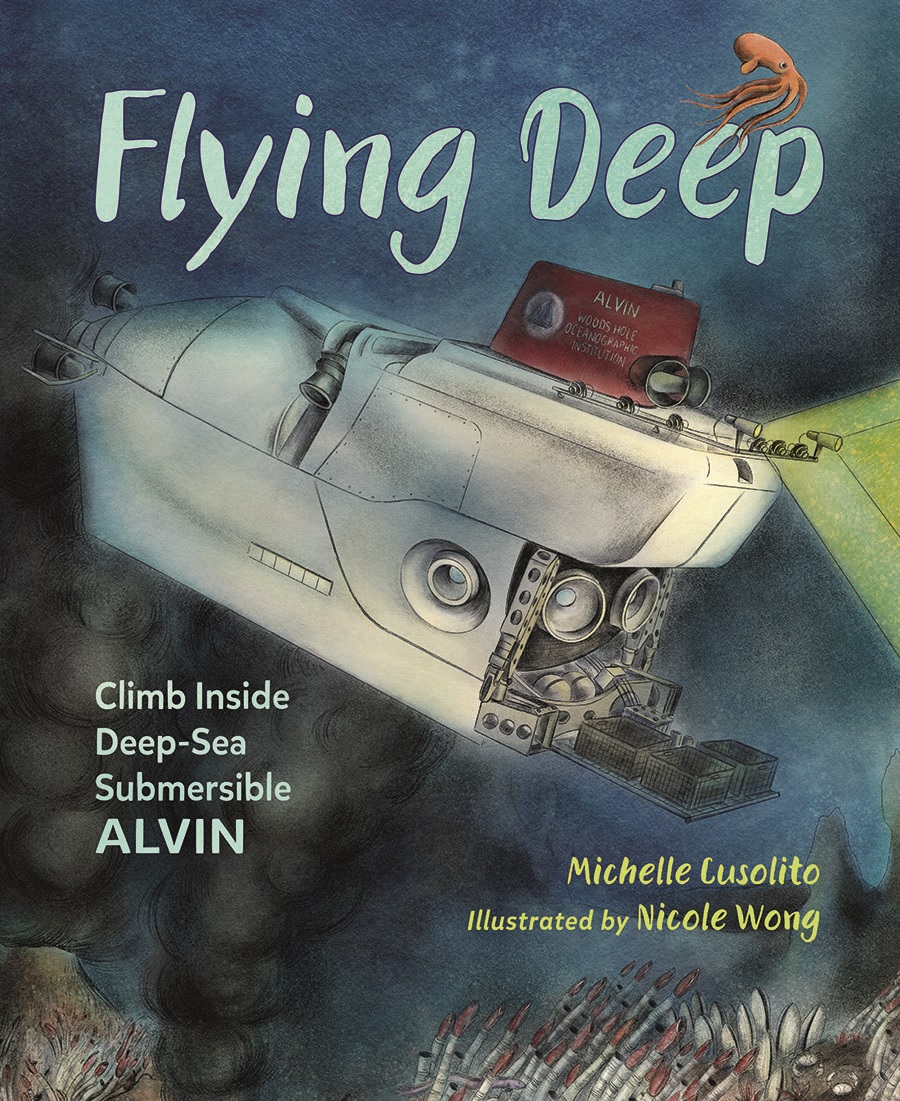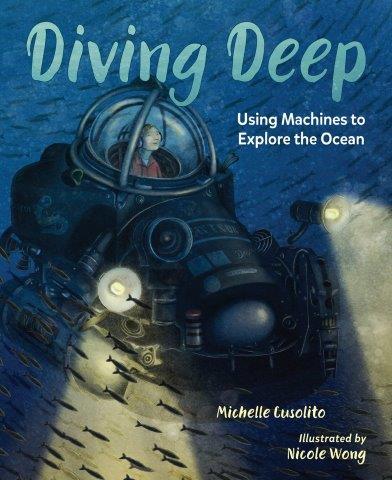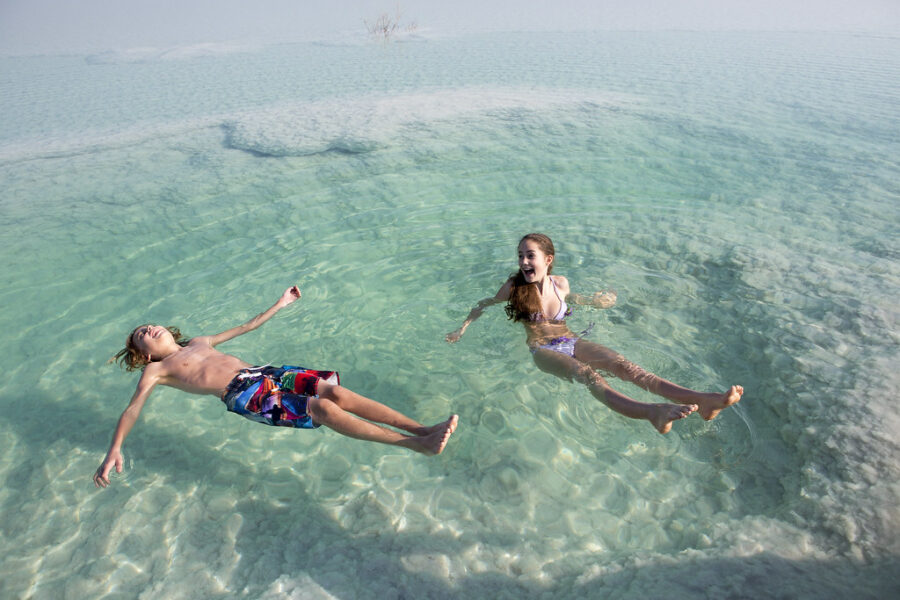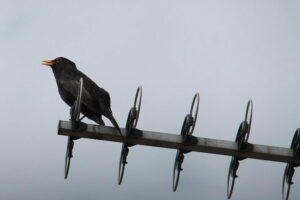
GUEST BLOGGER MICHELLE CUSOLITO, M. Ed.
Background information
Deep-sea submersibles such as Alvin reach the seafloor by sinking and return to the surface by floating. When pilots want Alvin to stay at a certain depth, they need to reach what’s called neutral buoyancy; neither sinking nor floating. Scuba divers need to do the same thing. Engineers who design the vehicles must have a deep understanding of materials that sink or float. This investigation gets students thinking about sinking and floating.
In the case of Alvin, iron weights are dropped on the seafloor to reach neutral buoyancy and more weights are dropped so Alvin can float to the surface. (Small adjustments are made by taking water into or out of the ballast tanks). Scuba divers add or remove air to their vest (called a Buoyancy Control Device or BCD) to float or sink.
NGSS Standards
- Ask questions based on observations to find more information about the natural and/or designed world(s). (K-2-ETS1-1)
- Analyze data from tests of an object or tool to determine if it works as intended. (K-2-ETS1-3)
Common Core Standard
- Participate in shared research and writing projects (e.g., read a number of books on a single topic to produce a report; record science observations).


Objectives
Students will:
- use what they know about the provided materials to make predictions regarding which items will sink or float.
- work in small groups to test each item to see if it floats or sinks.*
- record their predictions and the results of their tests in their science journals in an organized way.
- alter their materials to try to change whether they sink or float.
- connect their investigation of sinking and floating to the way submersibles work.
* If small group investigations are not possible, one set-up could be used to demonstrate for the class and individual students called up to test samples.
Materials
- Copy of the book Diving Deep: Using Machines to Explore the Ocean and/or Flying Deep: Climb Inside Deep-Sea Submersible Alvin.
- Science journals, pencils/pens.
- For each small group of students:
- Large clear tub filled half-way with water.
- Towel or tarp to catch any spills. (Or do this investigation outside!)
- A variety of materials to test if they sink or float. (Examples include: sticks, rocks, pebbles, pencils, pens, pieces of aluminum foil, full plastic bottles, empty plastic bottles with caps on, paper clips, empty plastic bowls, empty metal bowls, plastic cups, etc.
Procedure
- Read aloud one of the books to get students thinking about deep-sea submersibles and sinking/floating. Flying Deep focuses on one submersible, Alvin, while Diving Deep surveys the different technologies humans use to access the ocean. This could be done the day before the investigation, or teachers with longer class periods and students who can maintain focus for these two activities could do them in the same day.
- Introduce the investigation. Students will make predictions: which items will sink or float and test out their predictions. They will record their predictions and their results. Note: For kindergarteners, a printed chart where students can work as a group to check off sink/float will be helpful. (Column 1 could have a word to describe the item to test plus a simple drawing to illustrate the material. Column 2 could say sink and column 3 could say float). Second graders who have more experience setting up charts/science journals could be asked to create their own recording systems.
- Ask the students to take each item, one at a time. Predict if it will sink or float. Record their predictions.
- Test it. Record the results.
- Challenge: If an item sinks, can they do anything to make it float? (For example, a cup will sink if full of water but will float of set carefully on top). On the other hand, could an item that floated be made to sink? For example, a flat piece of aluminum foil will float, but once crumpled, it sinks.
- Ask students to write down a sentence or two about what they learned. (Or, for the younger students, do this verbally during wrap-up).
Wrap-up
- Reconvene as a whole group and review the results. Did any groups get conflicting results? If so, test again.
- Lead a discussion
- What did they learn about sinking and floating? Record ideas on a white board/screen/chart.
- What does this have to do with submersibles and diving in the ocean?
Michelle Cusolito is the award-winning author of Diving Deep: Using Machines to Explore the Ocean and Flying Deep: Climb Inside Deep-Sea Submersible Alvin. Flying Deep was a Kirkus Best Book and an NSTA Outstanding Science Trade Book. Michelle is a former elementary school teacher, National Board Certified Teacher and science curriculum developer. She recently went on a Woods Hole Oceanographic Institution research expedition to the North Atlantic where she worked as a Science Communicator and completed field research for a future book. Michelle is also an adjunct instructor in Simmons University’s MFA, Writing for Children. For more information, visit her website or follow her on Twitter and Instagram.




!["Aliens"-by-[Søren]-is-licensed-under-CC-BY-NC-ND-2.0.](https://dnhna1f30c1xr.cloudfront.net/wp-content/uploads/2025/07/373470957_23bb4374ae-300x200.jpg)




Leave a Reply
Your email is safe with me.